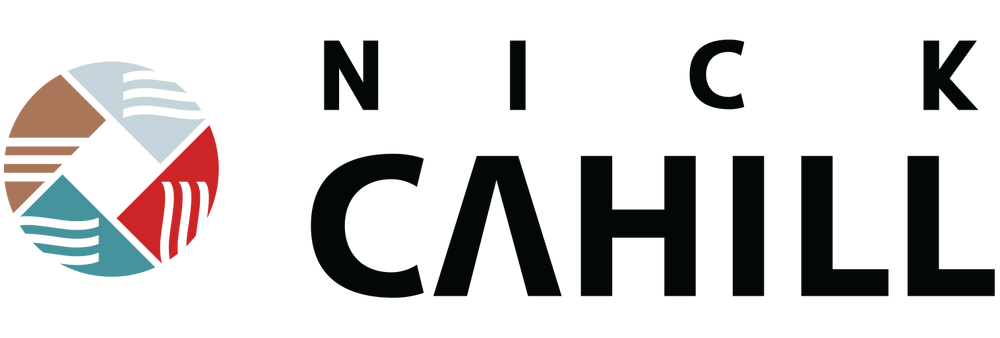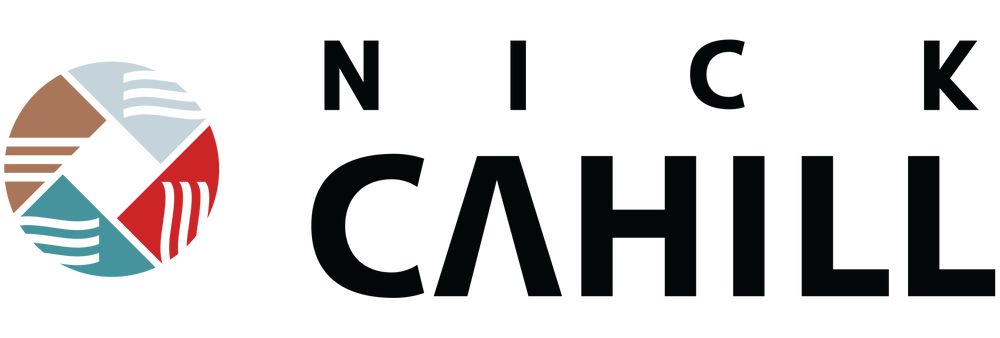From Racecars to Fine Art: How Automotive Filmmaking Shaped My Photography
When I first picked up a camera, it wasn’t to become a photographer. It was to remember how things fit together — parts, pieces, progress. I was building my racecar, and I wanted to capture what I was creating to help remember the story of where it started.
(If you haven’t read that story, it’s in How Building a Racecar Led Me to Photography.)
That project started everything.
When I went off to college, I had to pick a major. I chose Digital Arts and Business, thinking if I could learn to make money through creativity, maybe I could keep funding my car habit. My parents were kind enough to store the car while I was away — a small act that means a lot more to me now. To this day, that same car is still in my life. It’s the one thing I’ve bought, rebuilt, broken, repaired, and kept in my life and running for nearly twenty years.
Yosemite, Freedom, and the Roots of My Photography
Growing up, our family vacations were spent in Yosemite National Park. Those trips shaped me. The mountains gave me my love for solitude, texture, and scale — all the things that still guide my fine art landscape photography today.
Driving, on the other hand, gave me my first real sense of freedom. I still remember the feeling of open road, of shifting gears, of leaving behind everything familiar for a stretch of highway. Yosemite taught me to be patient; racing taught me to be bold. Somewhere between those two worlds, I’ve found the person I am.
There’s a saying about success being where passion, hard work, and a little bit of luck meet. I didn’t understand that for a long time — I just worked and followed what felt right, regardless of opinions. But looking back now, creeping up on forty, I think that’s where I’ve landed: standing in the middle of those three things, finally seeing how the dots connect nearly 20 years later.
Meeting Ken Block and Discovering Storytelling Through Speed
Early on, a good friend named Tom Tang gave me a shot that changed everything. He hired me to shoot Ken Block, before Gymkhana even existed — before most people knew who Ken was. That moment lit a fuse. I saw how adrenaline, storytelling, and precision driving could collide into something cinematic.
For a while, I figured I’d only ever shoot cars. But racing is expensive, and two jobs — one at the Apple Store and one lifeguarding — weren’t going to cut it. Still, I couldn’t stop chasing the feeling of movement, of performance, of humans and machines pushed to the edge. That energy shaped how I shoot to this day — whether it’s a racecar at 100 mph or snow falling in slow motion on Donner Summit.

From Baja to Pikes Peak: Finding Purpose in Motion
After college, I took whatever opportunities came my way. I shot music events because I loved music which lead me to touring with music producer Seven Lions. I lived in a bus with my girlfriend and worked remotely for SOFREP, which eventually became Force 12 Media.
When we drove the bus to Baja Mexico, life slowed down in all the right ways. I was making dollars, spending pesos, and chasing surf breaks in the evenings. It was simple, raw, and exactly what I needed. I even managed to pay off my student loans in six months.
Then a friend I’d met while shooting Training Cell called and asked, “Want to come film a five-day off-road race from the top to the bottom of Baja?”
I didn’t hesitate. I left my girlfriend and the bus in Todos Santos, flew to San Diego, and got picked up in a chase truck headed straight back into Northern Mexico. Within hours, I was covered in dust, chasing trophy trucks across deserts, mountains, and tiny towns where kids waved as we flew past.
Those five days were chaos in the best way — long hours, rough roads, minimal sleep. We ate from a Michelin chef in the middle of nowhere, drank incredible wine under desert stars, and by the time I returned to the bus, I realized I’d just filmed my first documentary — about Chenowth racing buggies — without even knowing it.

That trip cracked something open. It showed me what it meant to chase real stories — not just the polished side of performance, but the people, the places, and the grit behind it all.
Automotive Filmmaking and Fine Art Photography
Since then, the road’s taken me further than I ever imagined. I’ve covered the 25 Hours of Thunderhill, filmed the Pikes Peak International Hill Climb three years in a row, shot Baja races annually for the last five years (the only reason I’m skipping this one is because I’ll be at Tom’s wedding), and spent nights in the dust at King of the Hammers. I’ve even filmed Formula Drift a few times.


Somewhere along the way, the thing that started as a way to fund my racecar became the thing that funds it. The camera didn't replace the wrench, but the mission stayed the same: find the edge, and show people what it feels like to be there.
Those same instincts that helped me move fast behind the camera — reading light, reacting to conditions, finding calm inside chaos — now guide my fine art photography. Whether it’s a storm rolling over Donner Summit or light hitting a snow-covered ridge for a few seconds, I approach those moments the same way I do race day: fully present, tuned in, ready to respond.
The energy of those film projects has a strange way of showing up in my still images. You can almost feel the motion in the silence — the buildup, the anticipation, the precision. It’s not about speed anymore, but the same mindset still drives everything: study the line, commit, and trust your instincts.
Still Chasing the Next Story
There were plenty of times along the way where I questioned if I was on the right path — too many miles, too little sleep, chasing something that didn’t come with a roadmap. But each project has a way of pulling me back to center. Every film, every shoot, every long drive reminds me why I started.
These days, the road looks different. Sometimes it’s covered in snow, sometimes it’s salt, sometimes it’s ocean spray. But the feeling’s the same. Each new project feels like another corner of that same story — and I’m still chasing the next one.
There’s still a lot left on the list — Formula 1, the Dakar Rally, and rally racing in general are the three I can’t shake from my head. Those stories are out there waiting, and when they happen, I’ll make sure they trace back to this moment — the one where it all started with a garage, a car, and a camera.







